Latin Americanists associate the word tortilla with the cuisines in the hemisphere’s Spanish-speaking cultures of:
• Caribbean islands;
• insular and mainland Central and South America;
• southernmost and southwestern North America.
The term comes from the Spanish addition of the feminine singular ending –illa (“dear, little, small”) to the feminine singular noun torta (“cake”). But it describes the same culinary item as the earlier designation tlaxcalli (flat maize bread) from the pre-existing Nahuatl language of central Mexico’s ancient Aztec culture. The maize-floured bread of today still honors in its most basic form ancient recipes that combine ground corn with water to make masa (dough) for heating and serving.
Its creation myth makes for fascinating reading in “The First Tortilla.”


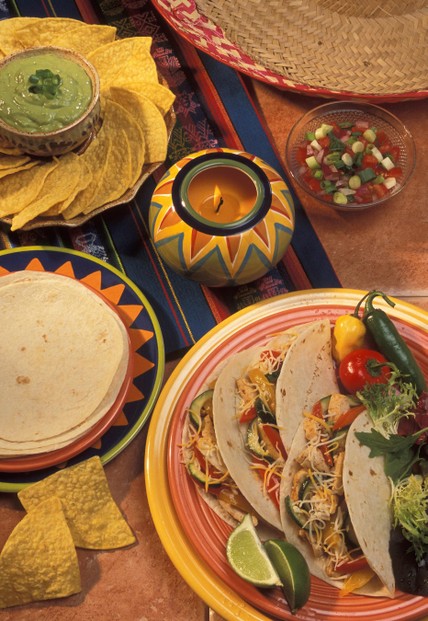
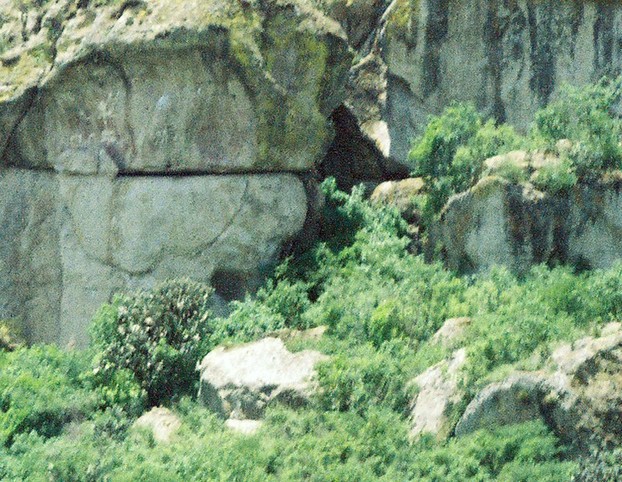
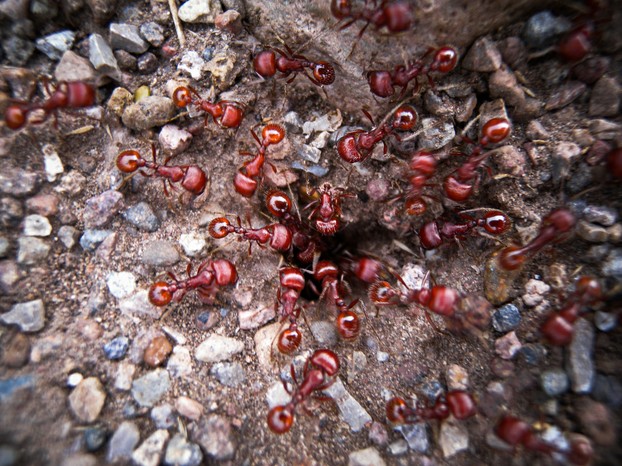
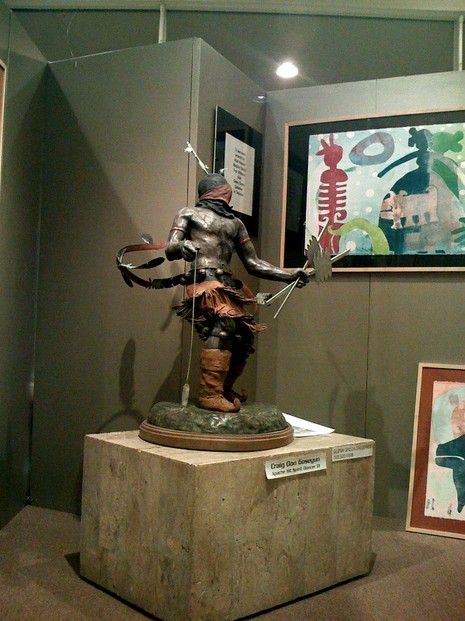
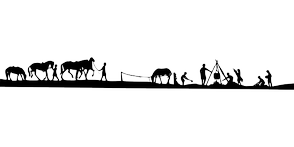

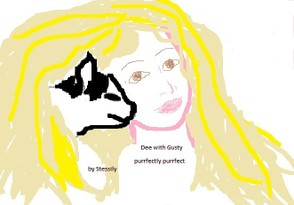
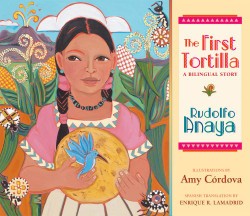

 Are Hawaiian Huakai Po Nightmarchers Avenging Halloween Thursday?on 10/02/2024
Are Hawaiian Huakai Po Nightmarchers Avenging Halloween Thursday?on 10/02/2024
 Mailing Addresses for 2023 Form 4868 Extending 1040 and 1040SR April 15, 2024, Due Dateon 04/15/2024
Mailing Addresses for 2023 Form 4868 Extending 1040 and 1040SR April 15, 2024, Due Dateon 04/15/2024
 Mailing Addresses for 2023 Forms 1040 and 1040SR Filed in 2024on 04/15/2024
Mailing Addresses for 2023 Forms 1040 and 1040SR Filed in 2024on 04/15/2024
 Mailing Addresses for 2022 Form 4868 Extending 1040 and 1040SR April 18, 2023, Due Dateon 04/13/2023
Mailing Addresses for 2022 Form 4868 Extending 1040 and 1040SR April 18, 2023, Due Dateon 04/13/2023

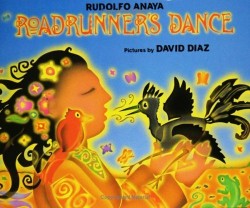
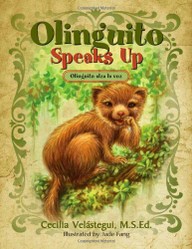
Comments